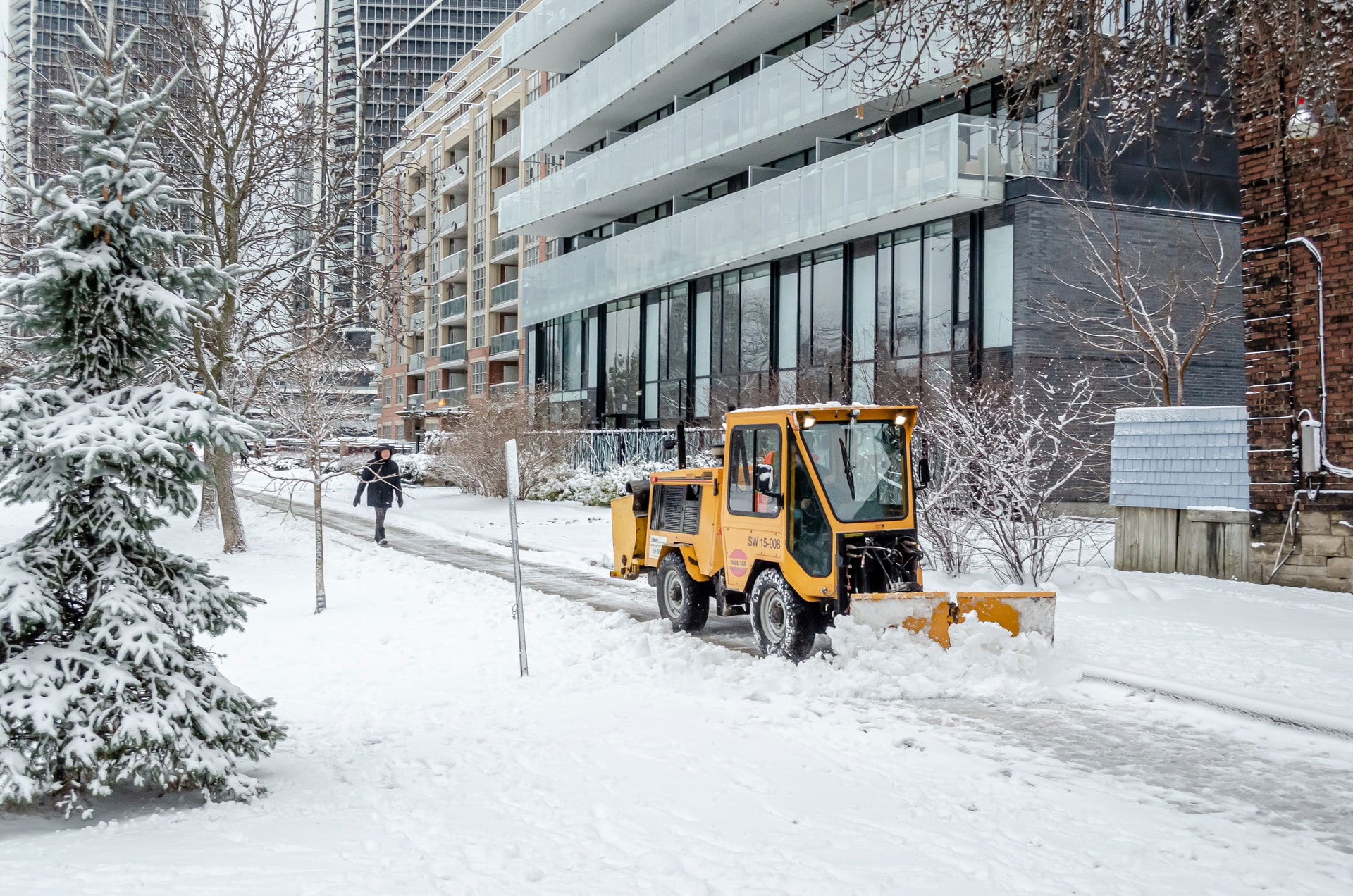The Hills and Ridges Doctrine in Slip and Fall Cases
Property owners in Pennsylvania, especially businesses, are tasked with keeping their properties free from dangerous conditions that might injure people who are legally on the premises. Given Pennsylvania’s winter weather, keeping ice and snow from sidewalks and parking lots is something property owners have to take seriously. If someone slips and falls and injures themselves on ice and snow on an uncleared sidewalk or parking lot, then that property owner might be financially responsible for those injuries. The property owner and their insurance company could be sued for damages.
There is an odd doctrine, though, in Pennsylvania called the Hills and Ridges doctrine that impacts slip and fall cases when snow and ice is involved. This doctrine can make these slip and fall cases very difficult to win. This doctrine, which was created by the Pennsylvania Supreme Court in a specific case, declares that someone cannot sue a property owner for injuries caused by mere slippery conditions. In order to have a successful case, the plaintiff has to plead and prove that there were dangerous conditions due to ridges or elevations of ice and snow, which were allowed to remain for an unreasonable length of time, and that those hills and ridges were the cause of the fall. The Pennsylvania Supreme Court case is Tolbert vs. Gillette, 438 Pa. 63 (1970).
The purpose of the doctrine is to make sure that property owners would not be responsible for generally slippery conditions that have only been there briefly. The courts of Pennsylvania have held that property owners should have a reasonable time in order to clear a sidewalk or parking lot. Further, they will not hold a property owner liable for a fall that occurred while it was still snowing or right after a storm. It would be unreasonable to require property owners to be constantly clearing sidewalks during a storm.
Despite the Hills and Ridges doctrine, it does not defeat every case and it is still possible to win a slip and fall lawsuit. The courts have decided that the doctrine can only be used when the slippery condition was caused by natural occurrences. Further, there are many exceptions to the rule that could help save a case. One exception is that the plaintiff does not have to prove hills and ridges in cases where the hazard is the result of a localized patch of ice. Nor is proof of hills and ridges required when an icy condition is caused by the defendant’s neglect.
Applying the exceptions will depend upon the particular facts of a case. An example of this would be if a grocery store cleared a walkway but left piles of snow on the side of the walkway. Then, over a few days, some of the snow melted and water ran onto the walkway and re-froze. In that case, the hills and ridges doctrine would not apply because the slippery area was not caused by the natural accumulation of snow and ice, but by the placement of the piled snow by the property owner.
If you slipped and fell on someone else’s property and were injured, the best practice is to attempt to get evidence of the condition of the property. Take many photos of the exact spot where you fell and the spot that you slipped on. Also take photos of the broader area for context. The lawyers at MP2 Placidi & Parini have defeated the Hills and Ridges defense in many slip and fall cases. The lawyers at MP2 Placidi & Parini have been selected as Top 10 Attorney for Client Satisfaction by the American Institute of Personal Injury Attorneys awarded to attorneys demonstrating exceptional and outstanding client service. The lawyers have been selected by Super Lawyers on several occasions and are rated as 10 out of 10 by AVVO, an independent lawyer rating service.
There is no downside to contacting us, even if you are not sure you have viable case. If you have questions, we have answers. The initial consultation is free. We will take a long as it takes to help you determine if you have the right to file a lawsuit to compensate you for your injuries. Call us at (814) 452-2222.


